Conservation Day Trips
From the sun-kissed Florida beaches to the iconic skyline of New York and beyond, The Nature Conservancy protects hidden natural treasures near some of America’s most popular vacation destinations. We hope you’ll get out and visit some of these amazing preserves that you help protect wherever your next trip may take you.
10 Nature Destinations For You To Explore Near Popular Vacation Spots
Select a location below to learn more.
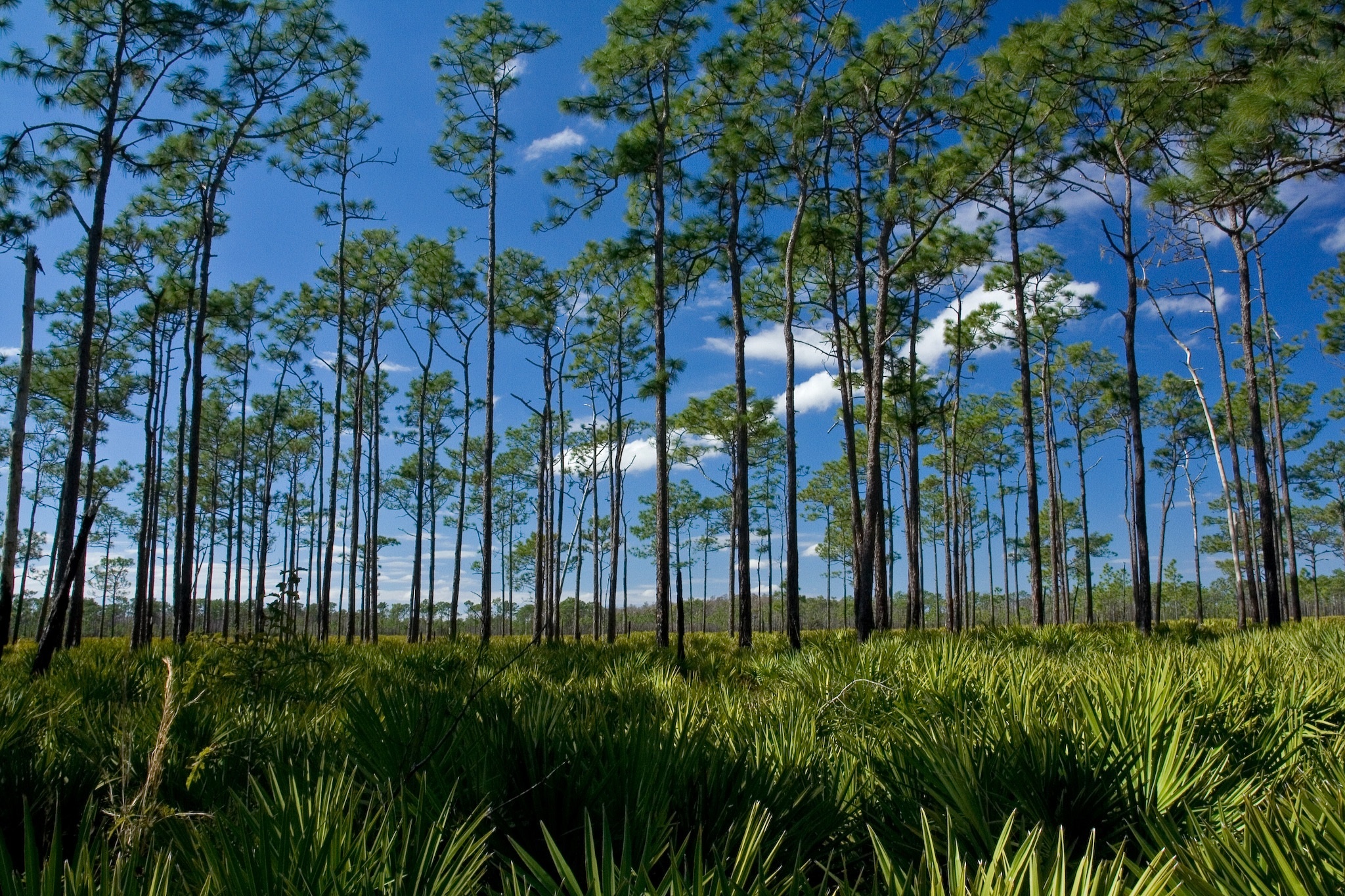
Orlando, FL
Disney Wilderness Preserve
Kissimmee, Florida
Approximately 35 miles (a 50-minute drive) from downtown Orlando
Home to more than 1,000 species of plants and animals, the Disney Wilderness Preserve is a peek at the wildness of the Everglades that still remains here.
WHAT TO SEE
Discover numerous rare bird species, including bald eagles, red-cockaded woodpeckers, wood storks and sandhill cranes, plus more familiar species like the northern harrier and eastern meadowlark.
The preserve is also home to unique residents, including the Southeastern big-eared bat, Sherman’s fox squirrel, eastern indigo snake and gopher tortoise.
Keep an eye out for beautiful blooms, including Catesby’s lily and terrestrial orchids.
WHAT TO DO
Start your visit at the preserve’s Conservation Learning Center, an eco-friendly building with interactive displays on the critical restoration work being done here.
Enjoy birdwatching while you stroll the preserve’s trails. Check out the Red Wilderness Trail to experience Lake Russell, a serene 540-acre sand-bottom lake.
The preserve hosts a monthly Early Birding Day. Spend a fun morning chatting with our staff about birds and learning birding techniques.
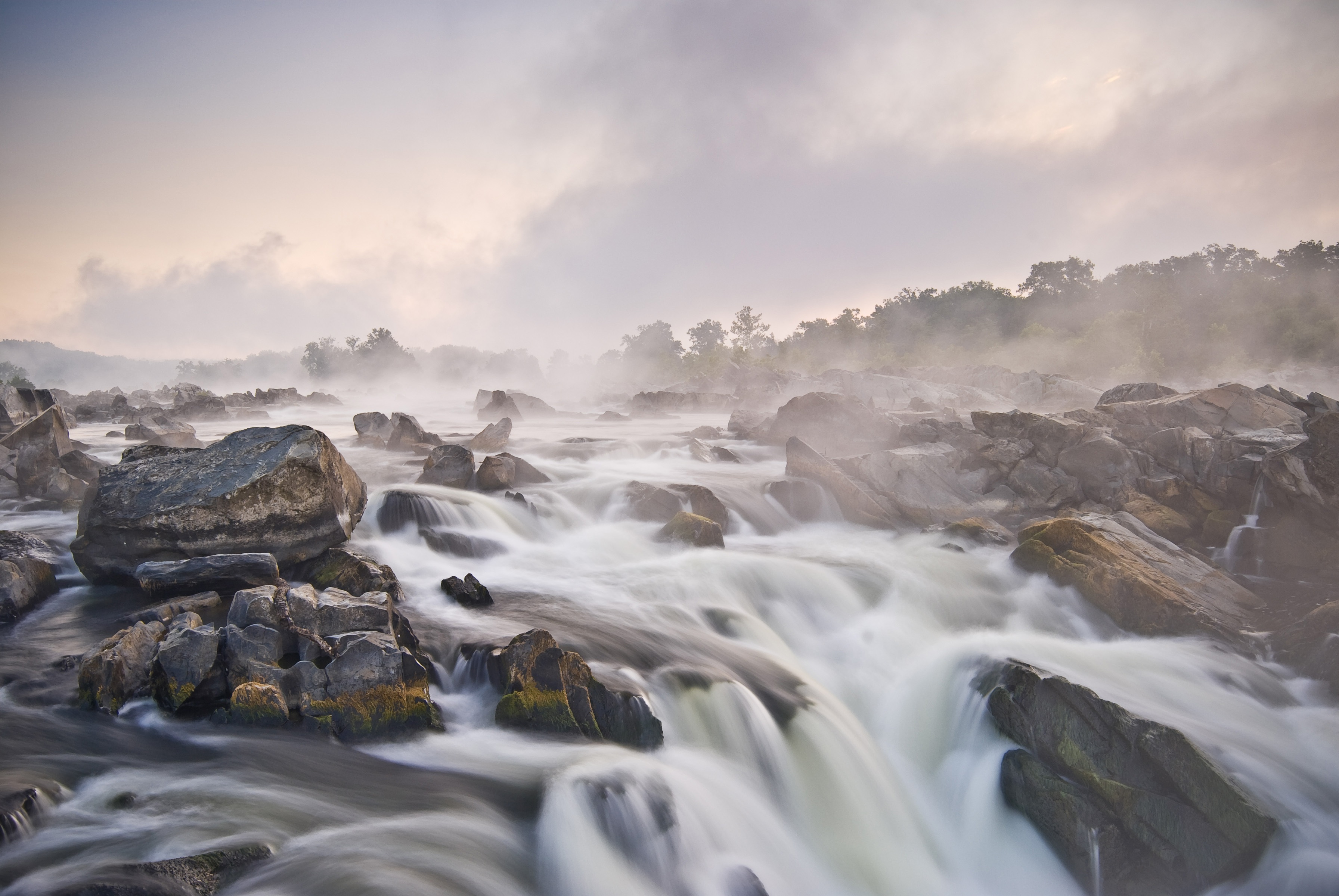
Washington, DC
Potomac Gorge/Bear Island
Potomac, Maryland
Approximately 15 miles (a 40-min drive) from downtown Washington, D.C.
Carved over thousands of years by the rush of the Potomac River, Potomac Gorge is a dynamically beautiful and vital ecosystem just minutes from the nation’s capital.
WHAT TO SEE
With miles of wooded trails and a view of the powerful whitewater falls, you’ll feel a world away from the city.
Discover a variety of species including bald eagles, white-tailed deer, wild turkey, painted turtles and wood frogs. See if you can spot the eastern tiger swallowtail fluttering among wildflowers.
WHAT TO DO
Stroll or bike along the C&O Canal National Historical Park path and learn about the canal’s storied past and the preservation efforts.
Challenge yourself on the famous Billy Goat Trail, where you can climb over giant boulders and rocky ledges overlooking the rushing Mather Gorge river rapids.
Or get even closer with a whitewater adventure on the Potomac rapids and experience the river’s dynamic energy firsthand.
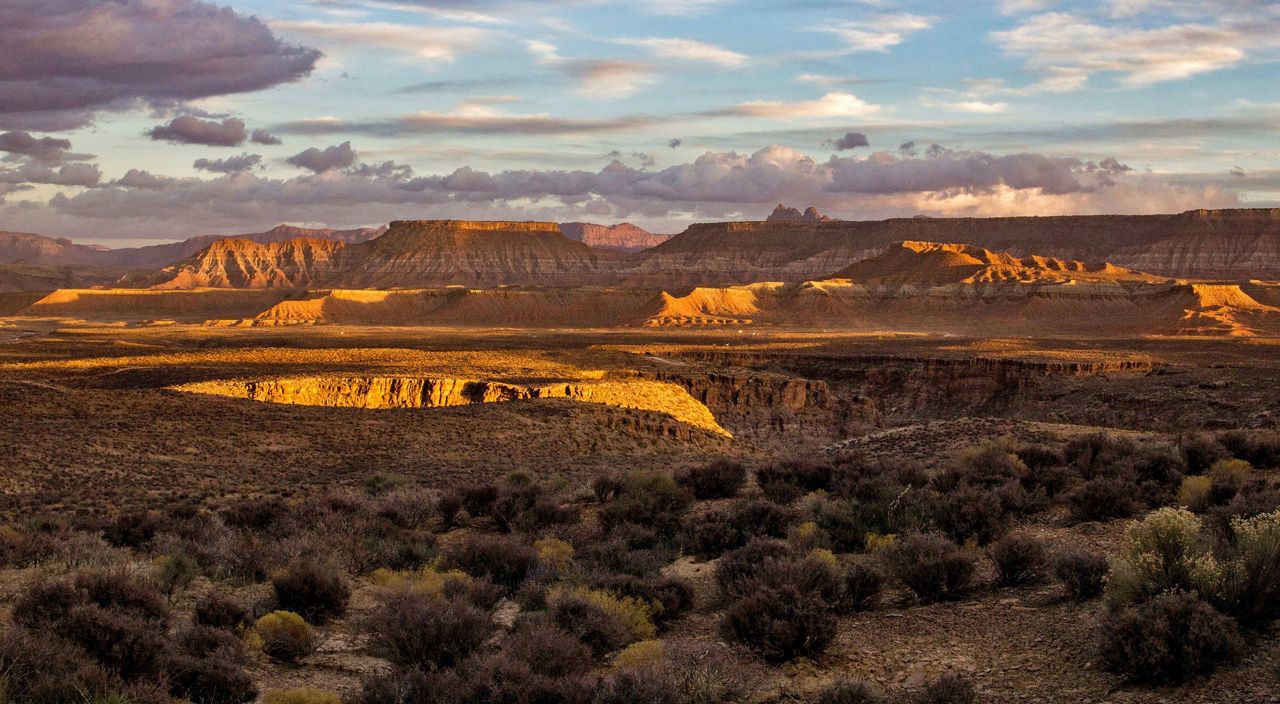
New York, NY
High Mountain Park Preserve
Wayne, New Jersey
Approximately 25 miles (a 40-minute drive) from New York City
WHAT TO SEE
Keep an eye out for rare plants and wildlife, including mountain mint and northern long-eared bats, as well as common local species like flying squirrels, wild turkeys, chipmunks and white-tailed deer.
WHAT TO DO
Explore a mosaic of lush woodlands and wetlands set against an ancient volcanic bedrock that dates back more than 130 million years. With nearly 12 miles of trails, there are plenty of opportunities for wandering.
Stroll along the Yellow and Orange trails to discover several small waterfalls and sparkling streams. Or hike the vigorous Summit Trail and you’ll be rewarded with panoramic summit views of New York City.

Zion National Park
Sheep Bridge Nature Preserve
Virgin, Utah
Approximately 17 miles (a 25-minute drive) from Zion National Park
Tucked away near the town of Virgin, Sheep Bridge Nature Preserve is a remarkable blend of natural beauty, cultural heritage and conservation.
WHAT TO SEE
In spring, immerse yourself in a wide variety of flowering plants, including desert marigold, globe mallow, prickly pear cactus and sacred datura.
Bring your binoculars to catch a glimpse of nesting red-tailed hawks, mountain bluebirds, tree swallows, cliff swallows and sharp-shinned hawks. And dusk abounds with bats hunting for insects.
WHAT TO DO
The preserve is nestled along one of the most pristine stretches of the Virgin River, a key branch of the Colorado River.
Explore the preserve on one of its many accessible, well-marked trails that offer serene views of the river, lined with shady cottonwood and willow trees.
*In the 1850s, the narrow canyon walls were home to the first “sheep bridge”—a one-lane crossing used by ranchers to move sheep single-file across the river. Today, a restored plank pedestrian bridge lies next to the modern bridge that now spans the river.
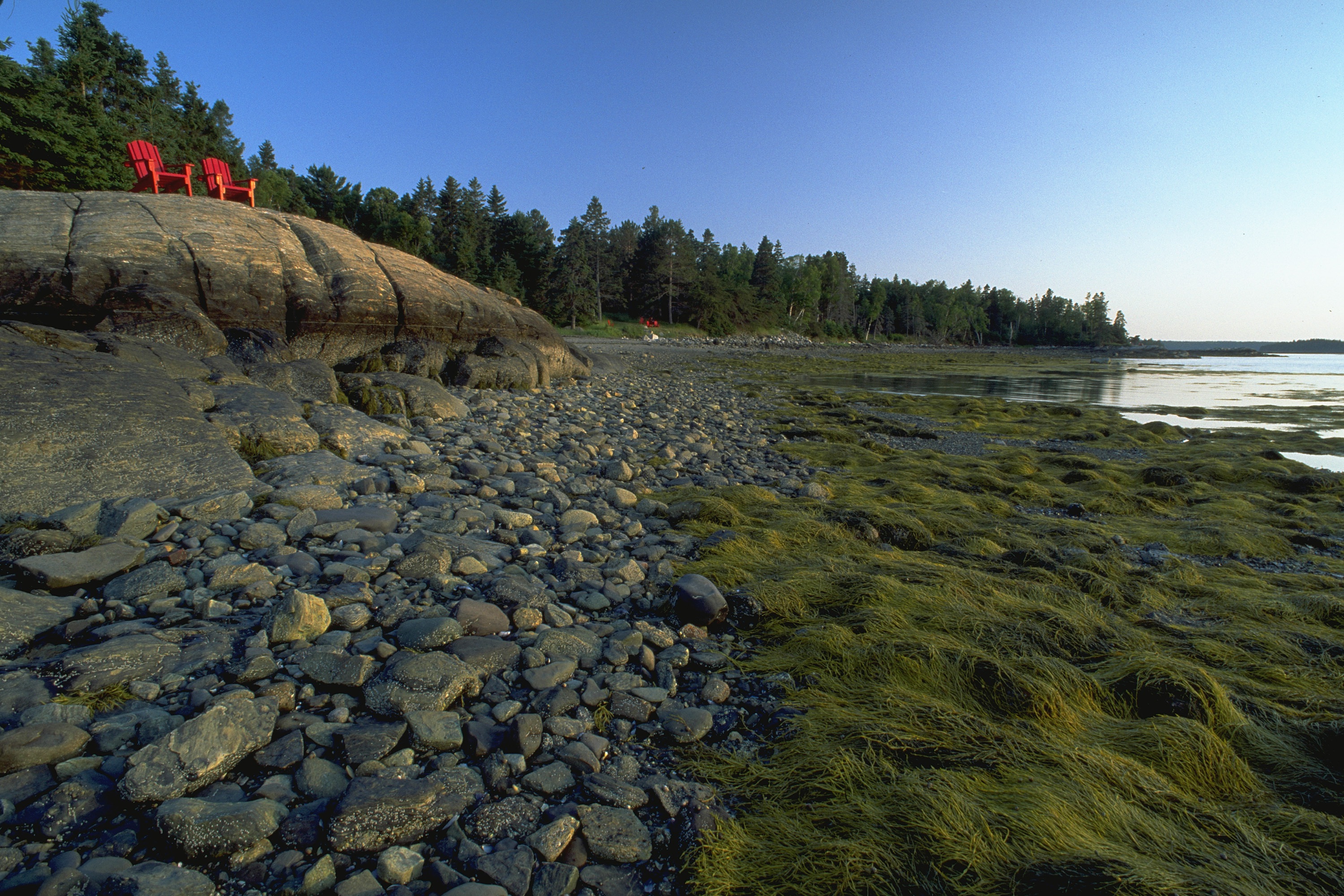
Acadia National Park
Indian Point Blagden Preserve
Bar Harbor, Maine
Approximately 5 miles (a 10-minute drive) from Acadia National Park
Admire towering forests, rugged coastline and unique wildlife in one of the few areas that escaped a devastating 1947 fire on Mount Desert Island.
WHAT TO SEE
Challenge yourself to see how many of the preserve’s 12 warbler species and six woodpecker species you can find. Extra points if you spot a ruby-crowned kinglet or an osprey soaring overhead.
The remnants of an old apple orchard near the shore pinpoint the location of the historic Blagden estate.
WHAT TO DO
Explore the preserve’s connected network of trails that take you through the forest and along the rugged shoreline.
On the Shore Trail and you may see harbor seals sunning themselves on one of the offshore ledges. Bring binoculars to observe the seals from a distance without disturbing them or our neighbors.

Fort Lauderdale, FL
Blowing Rocks Preserve
Jupiter Island, Florida
Approximately 65 miles (a 1-hour and 30-minute drive) from Fort Lauderdale
Catch a rare glimpse into an unspoiled Florida coastline at this peaceful, barrier island.
WHAT TO SEE
Beloved sea turtles—including loggerheads, leatherbacks, and green sea turtles—are just a few of the endangered plants and animals that call Blowing Rocks home.
Experience the “blowing rocks” from the viewing platform. The name comes from the dazzling natural water show that happens when rough waves at high tide surge against the rocky Anastasia limestone shoreline—the largest on the Atlantic coast—forcing seawater as high as 50 feet into the air.
WHAT TO DO
Enjoy swimming and snorkeling from the protected beach or explore the preserve’s five trails.
Check out the pollinator garden scenic walk, a quick but delightful loop showcasing native grasses, shrubs and flowering plants.
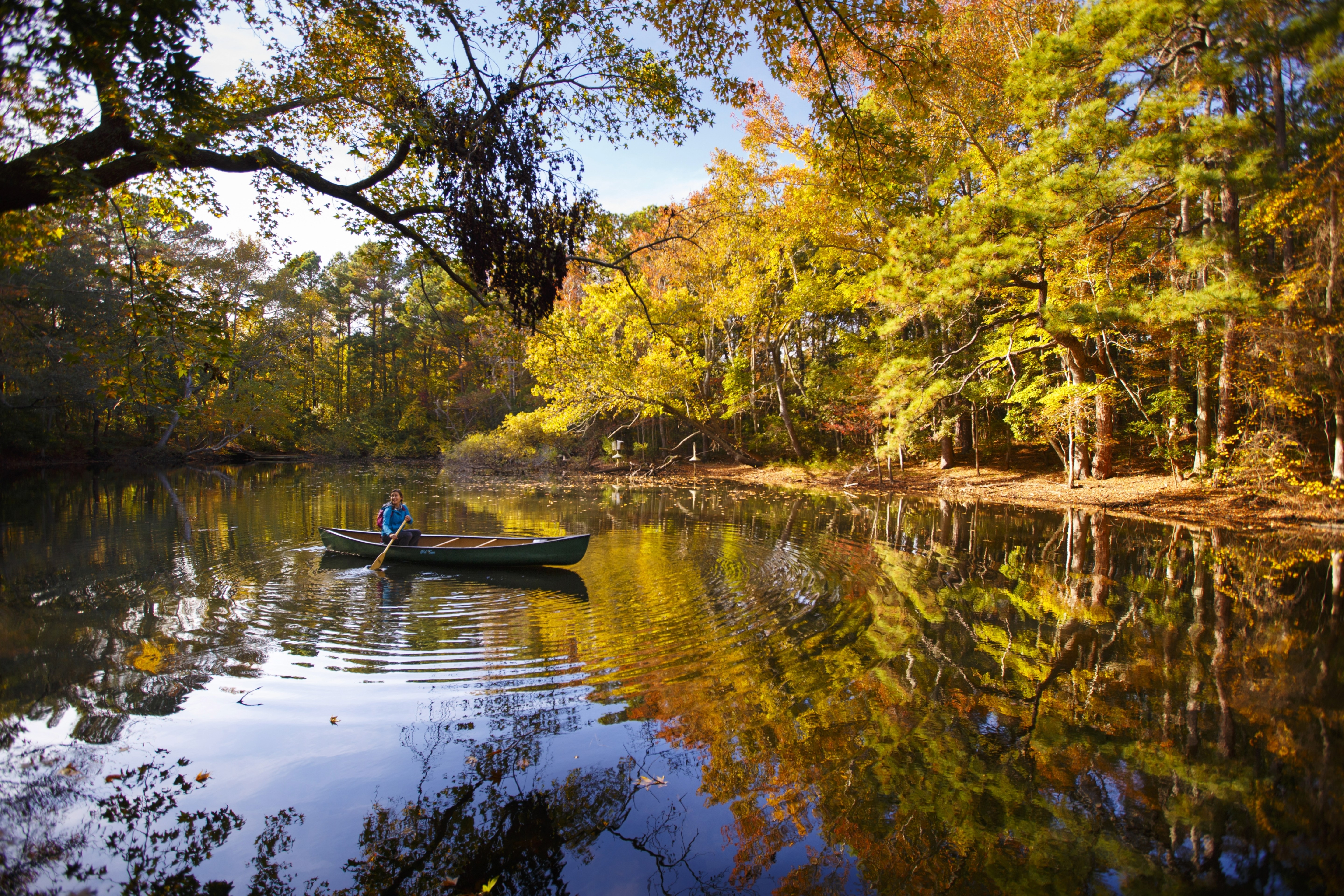
Outer Banks, NC
Nags Head Woods Ecological Preserve
Kill Devil Hills, NC
Approximately 4 miles (a 10-minute drive) from Kill Devil Hills
One of the largest remaining maritime forests on the East Coast, Nags Head Woods is a unique landscape shaped by the ocean.
WHAT TO SEE
Nags Head Woods is the perfect place for birdwatchers—herons, hummingbirds, hawks and countless other species nest in and around the preserve.
Also be on the lookout for tree frogs, salamanders, snakes, turtles and lots of other wildlife.
WHAT TO DO
Explore eight pet-and family-friendly trails, ranging from 0.2 to 3 miles, each with distinct features and wildlife.
Grab a seat and spend the day birdwatching from one of the observation decks, or take a stroll along wooded dunes, peaceful ponds and brackish marsh.
Bring a fishing reel and try to hook a bluegill or largemouth bass from the fishing platform.

Yellowstone National Park
Flat Ranch Preserve
Island Park, Idaho
Approximately 18 miles (a 20-minute drive) from Yellowstone National Park
Wander through wildflowers and take in Big Sky Country at Flat Ranch Preserve, just a short drive from West Yellowstone.
WHAT TO SEE
Depending on the season, elk, deer, wolves, bears and pronghorn frequently roam here. Birdwatchers can spot bald eagles, mountain bluebirds, great blue herons, and migratory species like ospreys and the long-billed curlews.
WHAT TO DO
Take a self-guided trail walk through the preserve and soak in the panoramic views from the picnic area. For fly fishing, the world-renowned Henrys Fork River awaits.
* The visitor center (open Memorial Day to Labor Day) is a great starting point to learn about the ranch’s history. Don’t miss the chance to use the spotting scope on the deck to catch a closer look at area wildlife.
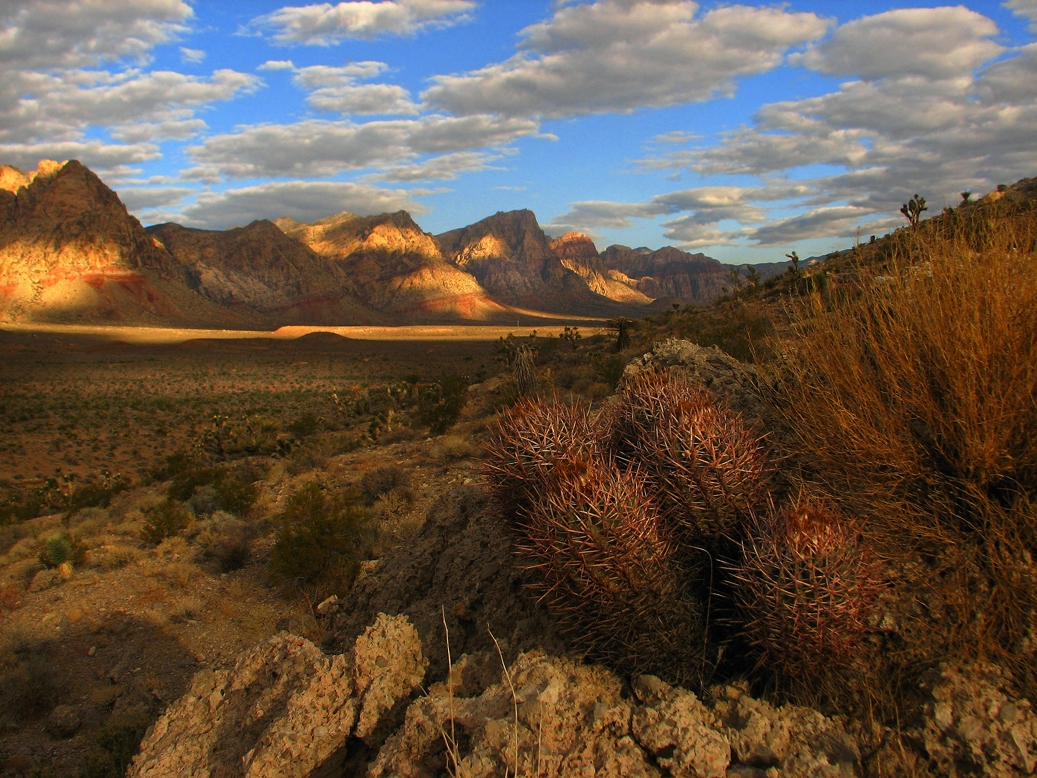
Las Vegas, NV
Red Rock Canyon
Clark County, Nevada
Approximately 20 miles (a 25-minute drive) from Las Vegas
Standing tall behind the Las Vegas skyline, these iconic, red-banded peaks are a beloved outdoor destination for millions each year.
WHAT TO SEE
Visitors may be able to spot the iconic desert bighorn sheep navigating the canyon’s steep cliffs. Red Rock is also home to numerous bird species, colorful wildflowers, rare insects and reptiles such as Gila monster and desert tortoise.
WHAT TO DO
No matter what activities you enjoy, you’ll find something to do at Red Rock Canyon. If you’re feeling adventurous, there are miles of hiking trails, as well as rock climbing, horseback riding and mountain biking.
For those who prefer to take in the views at a slower pace, scenic drives and picnic areas allow you to take in the canyon’s natural beauty.
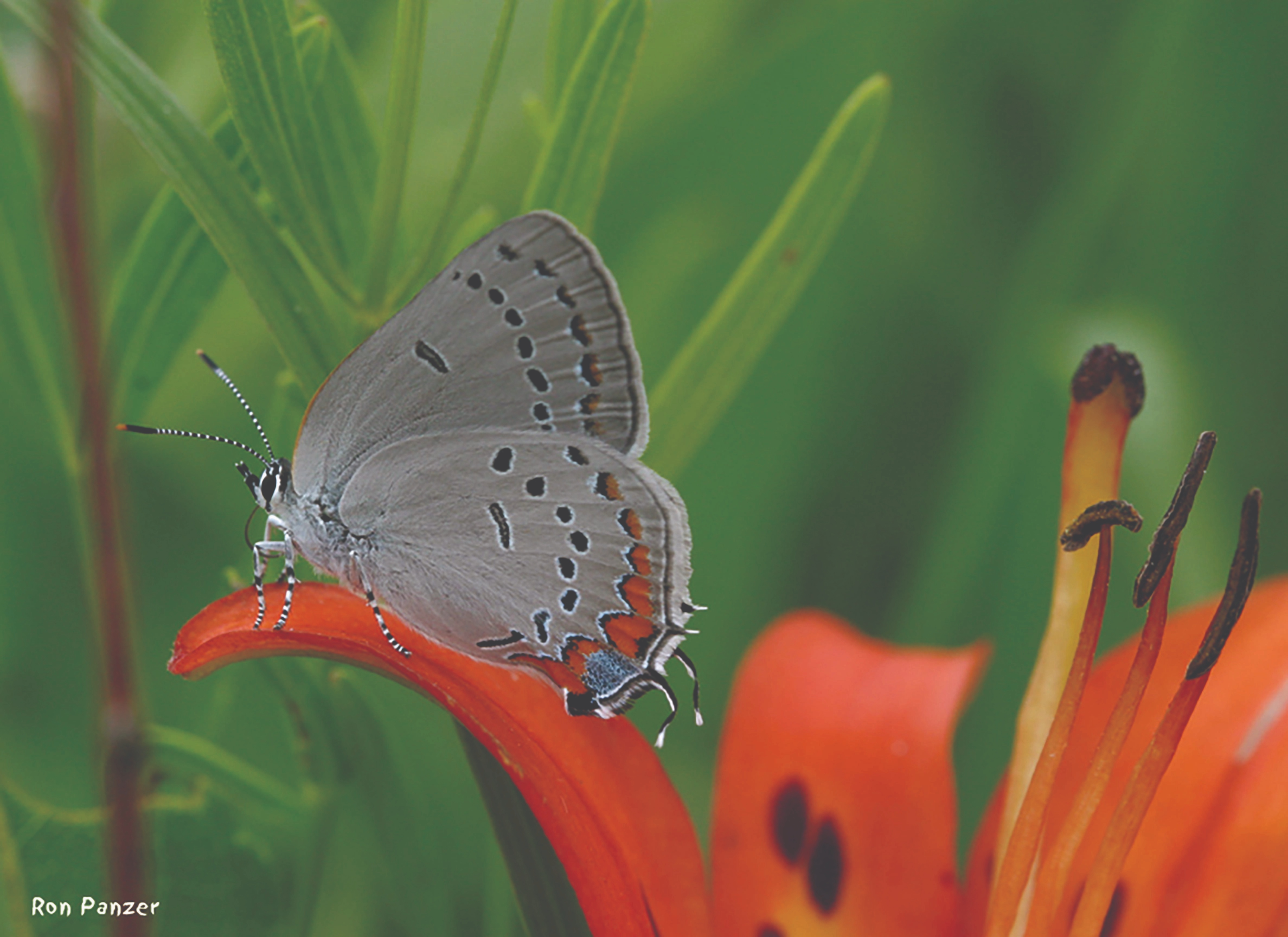
Chicago, IL
Indian Boundary Prairies
Markham, Illinois
Approximately 25 miles (a 30-min drive) from Chicago
Discover the awe-inspiring beauty of these five prairie areas that form the largest high-quality grassland in Illinois.
WHAT TO SEE
The Prairies are a paradise for pollinators and home to hundreds of insect species, including the Acadian hairstreak butterfly. Birdwatchers can keep an eye out for the state-threatened Henslow’s sparrow, bobolinks and Eastern meadowlarks.
WHAT TO DO
Enjoy a leisurely stroll and marvel at a vibrant array of plant species—from Indiangrass and little bluestem to narrow-leaved sundew and the endangered eastern prairie fringed orchid.
Visit during late spring or early summer to see the prairies in full bloom and catch butterflies at their liveliest!
These nature escapes are made possible by YOU!
All preserves listed here are open to the public and are managed by The Nature Conservancy, the state and other local partners. Visit here for detailed visitor information on these locations and other places we protect.
These are only a small fraction of the many places our generous members and supporters have helped The Nature Conservancy protect. Together, we’re safeguarding the most important lands and waters for generations to come—in all 50 states and more than 80 countries and territories around the world.